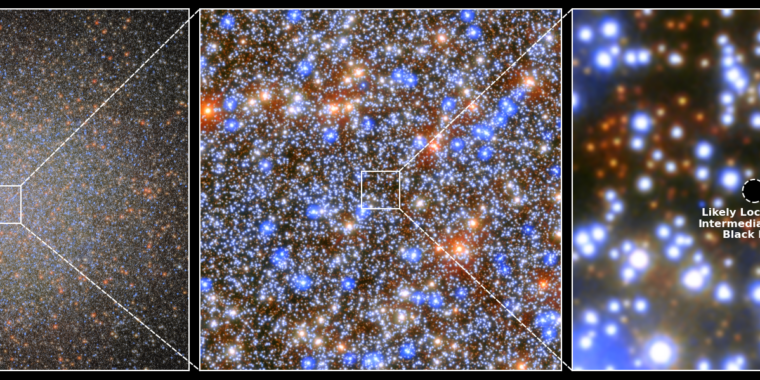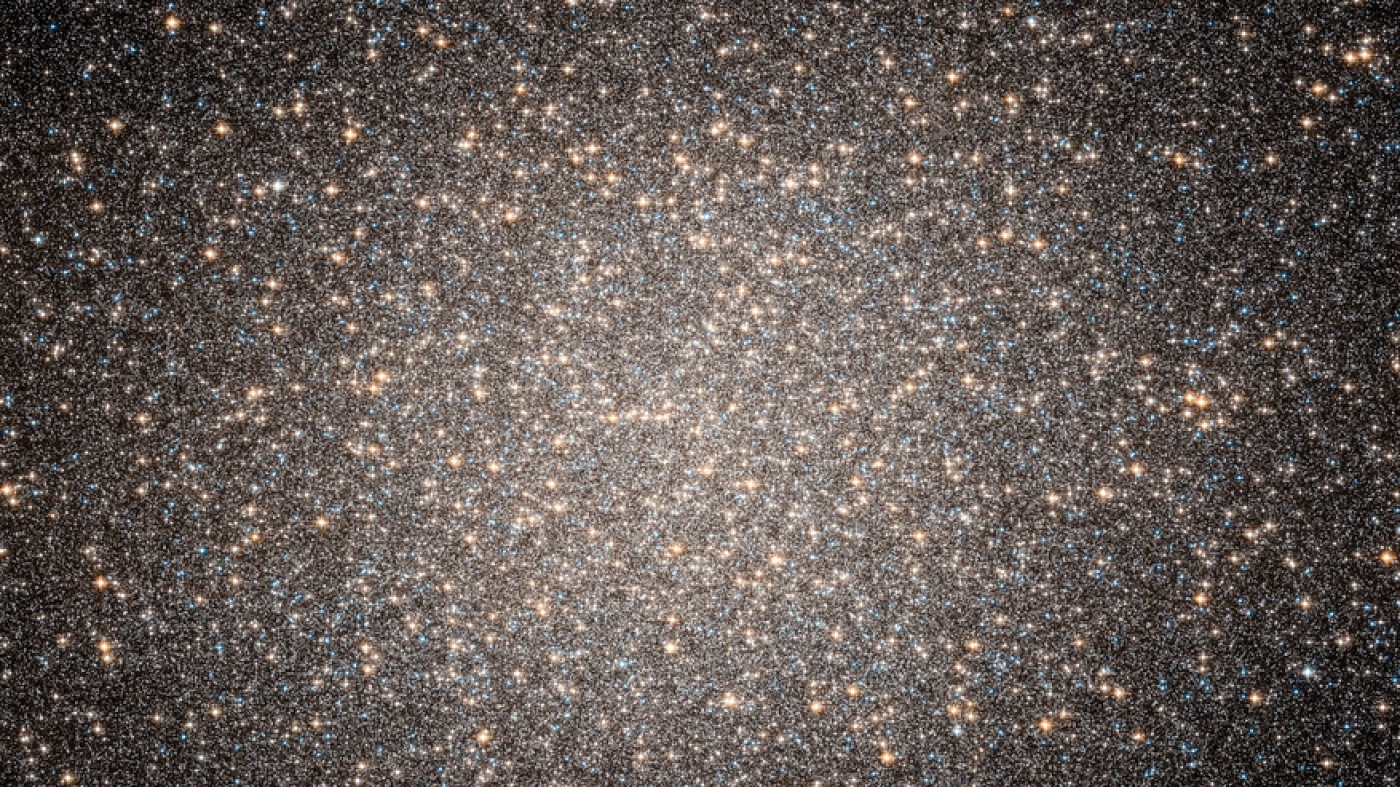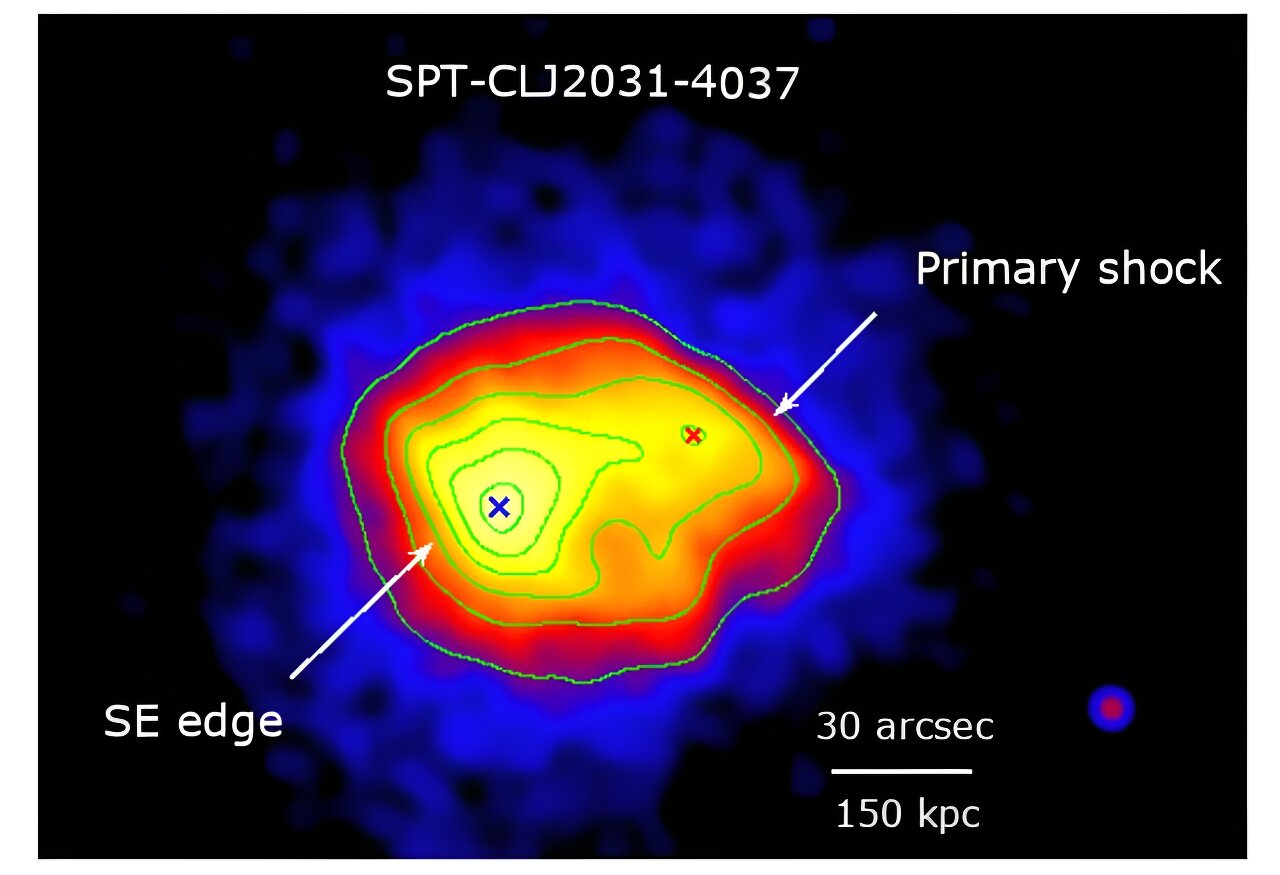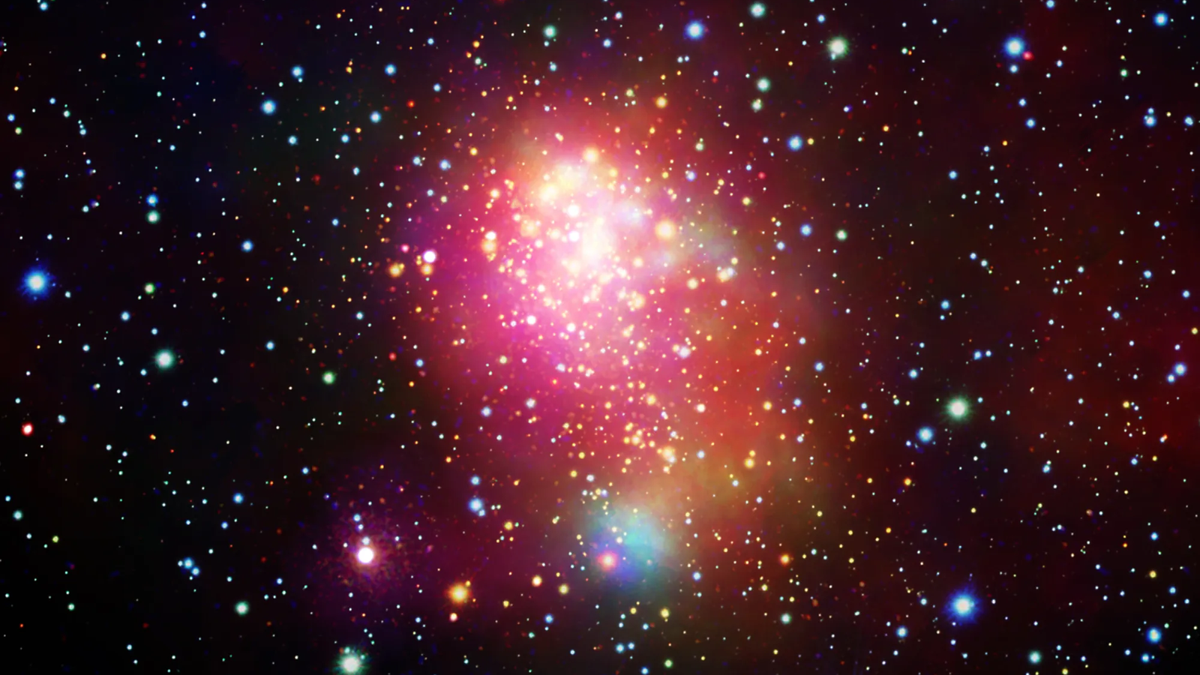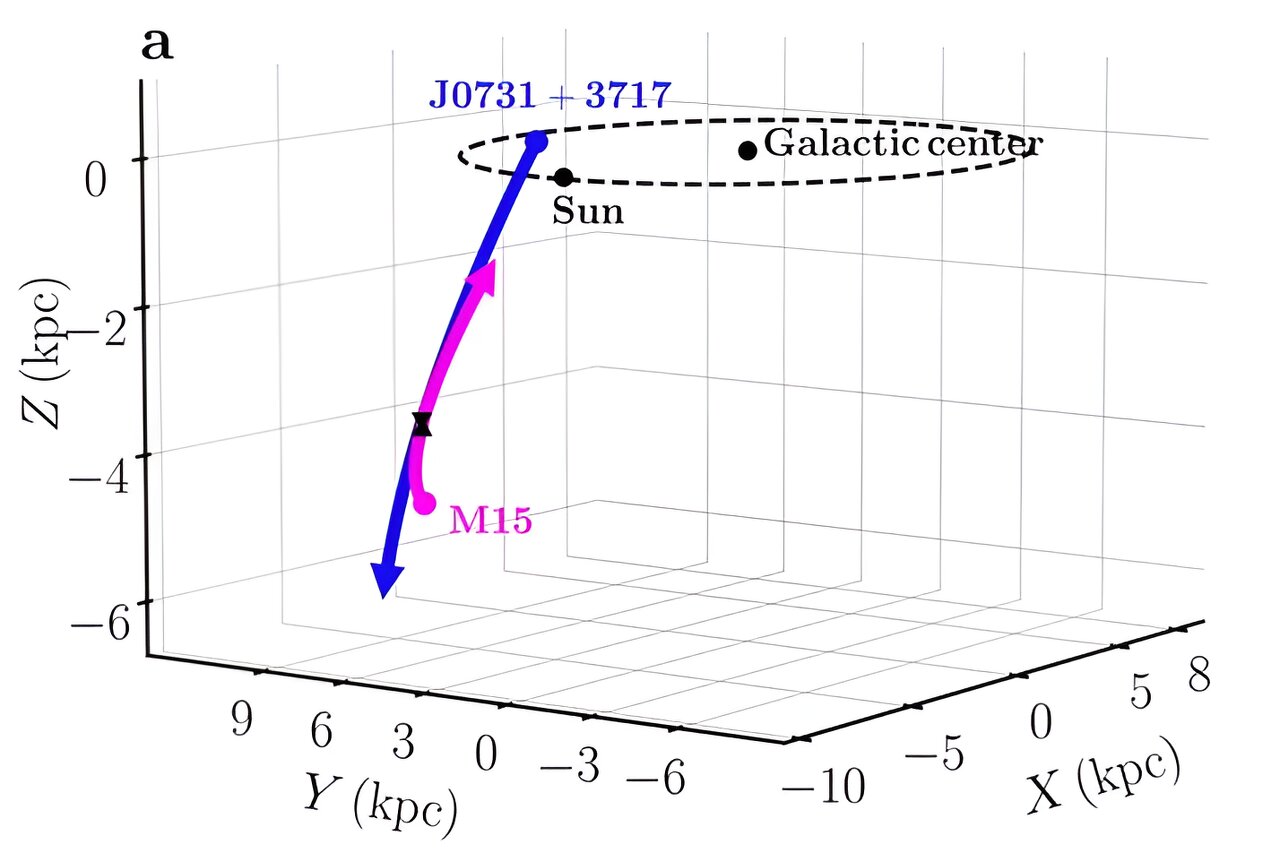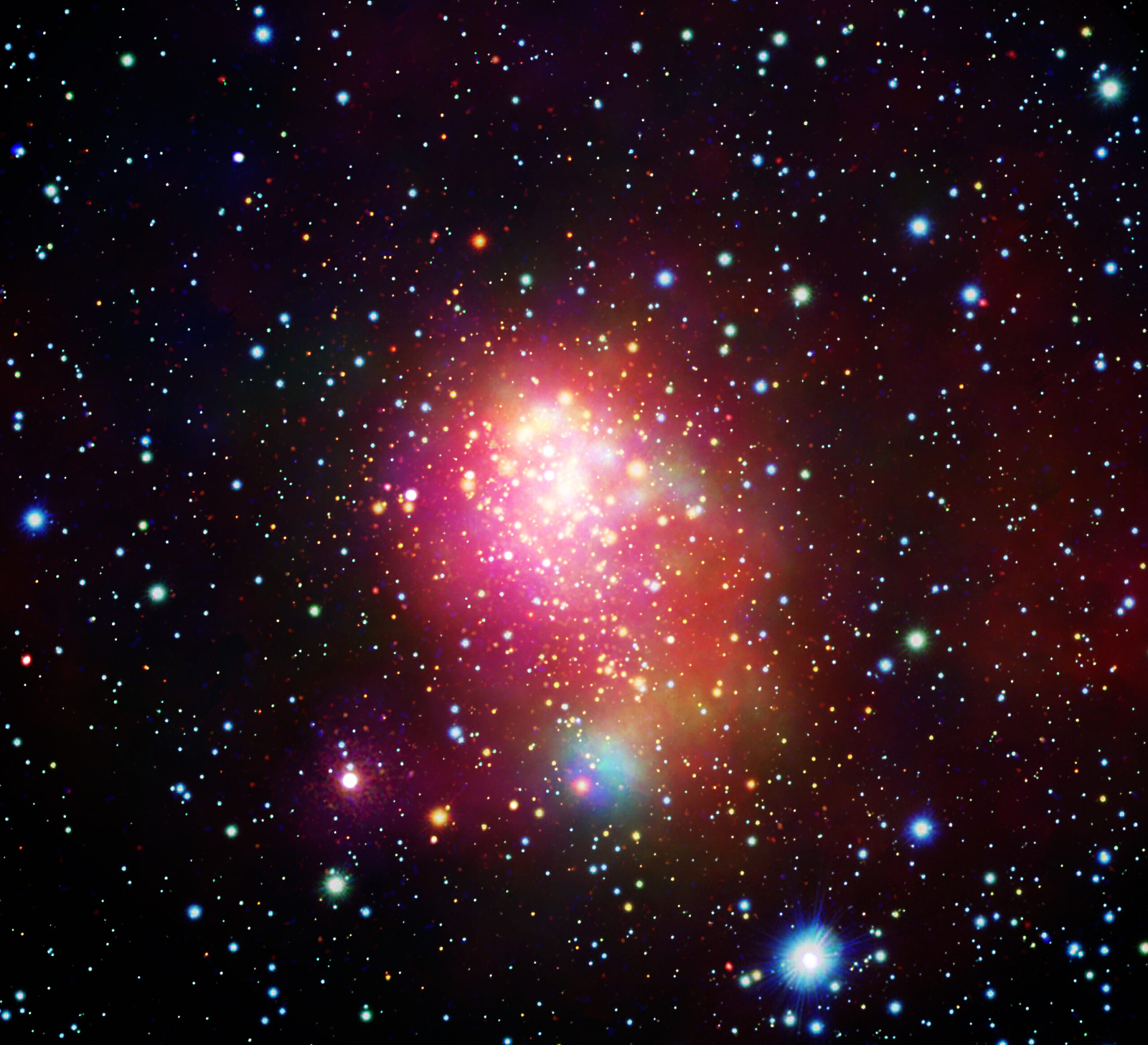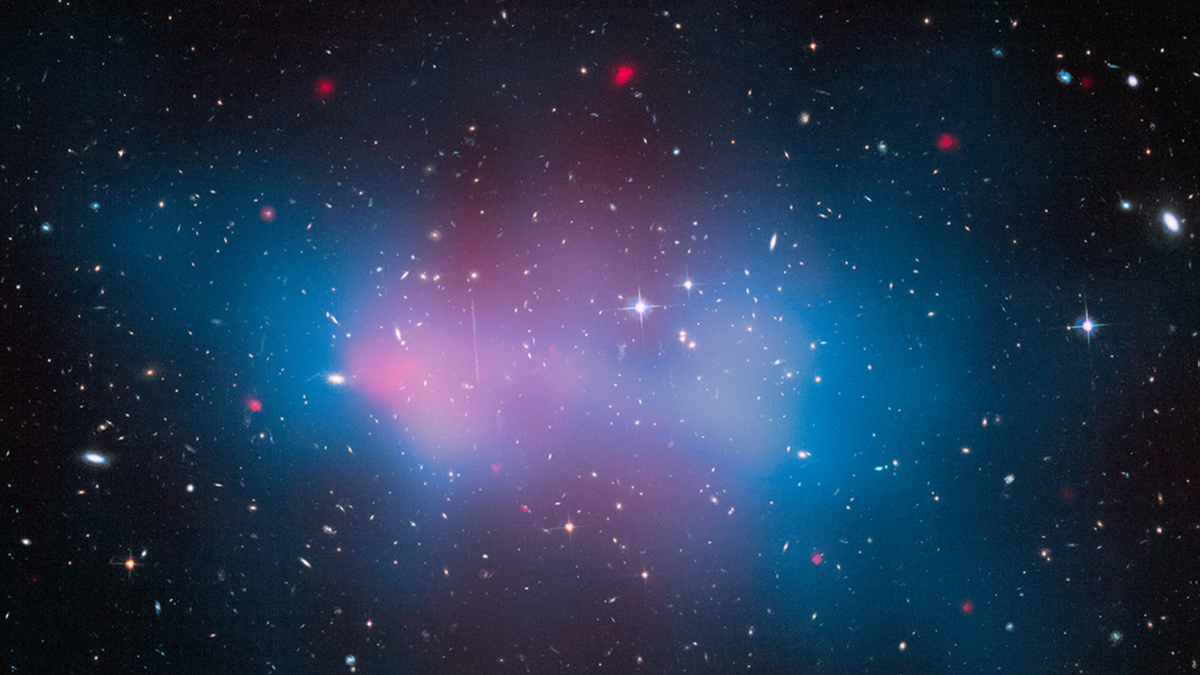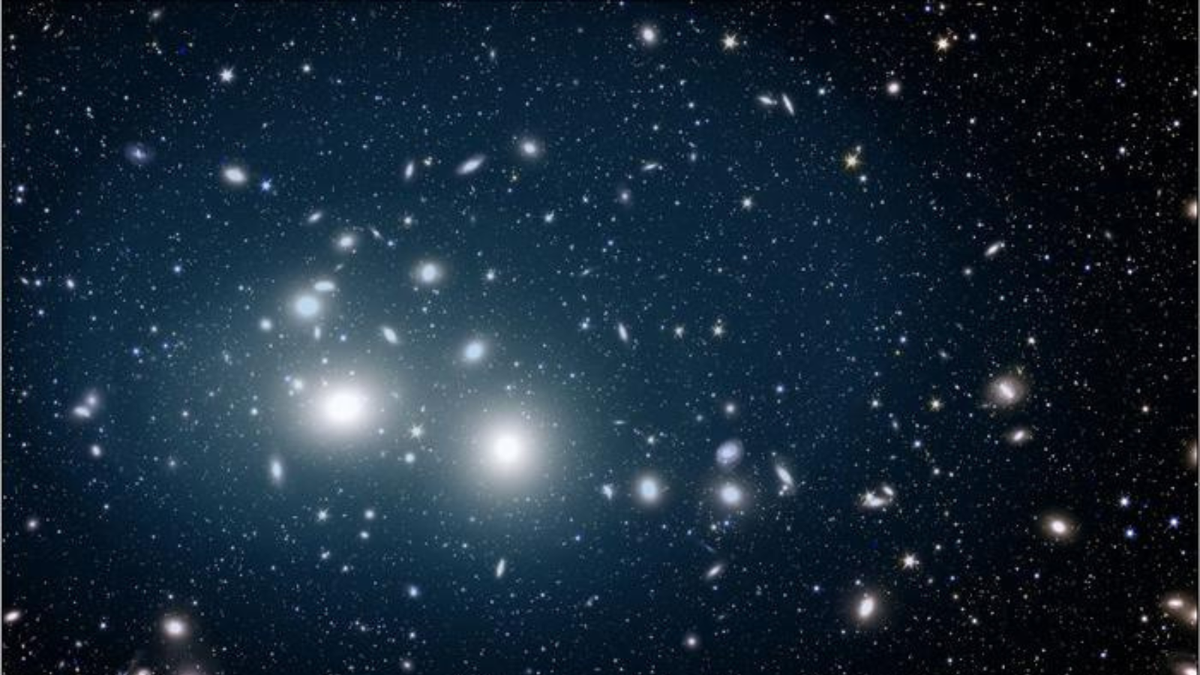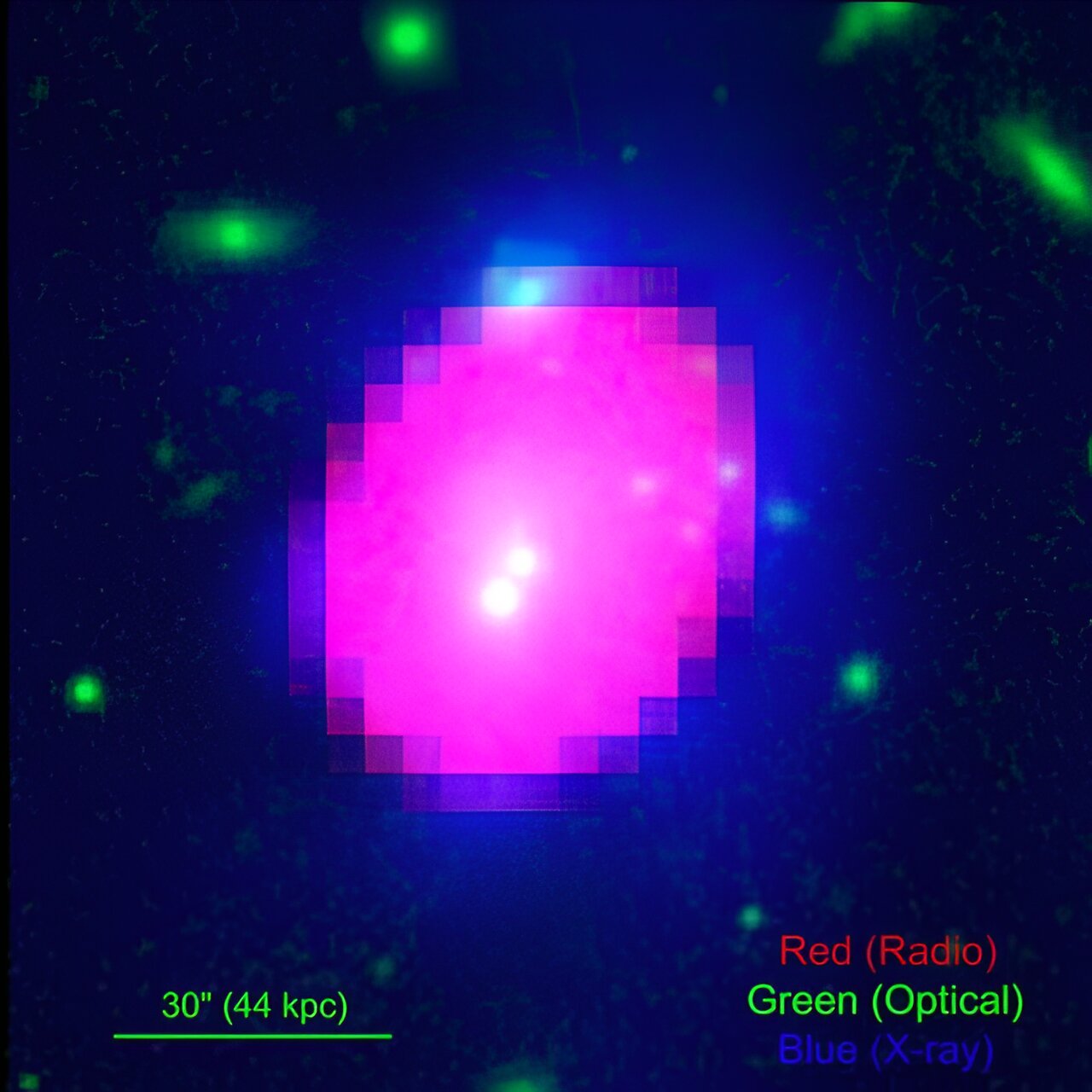Nearby star cluster hosts unusually large black hole
Enlarge / From left to right, zooming in from the globular cluster to the location of the black hole. ESA/Hubble & NASA, M. Häberle Supermassive black holes appear to reside at the center of every galaxy, and have done so since galaxies formed early in the history of the universe. However, we currently cannot fully … Read more
